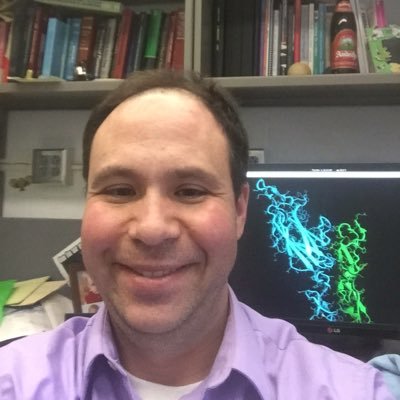Howey N201/202, 12:30 – 1:30 p.m.
Speaker: Maryam Hejri, Yunker Lab
Biophysical mechanisms of biofilm survival under desiccation
Biofilms, complex communities of microorganisms, exhibit structural and functional adaptations that enhance their survival under various environmental stresses. After periods of growth in wet conditions, biofilms may find that the water around them has receded, and they begin to desiccate, for example, after a flood or during a drought. While extensive research has sought to understand the growth of biofilms, the mechanisms governing biofilm survival and response to desiccation remain poorly understood.
In this study, we examine the viability of mature biofilms following their transfer to water-deprived surfaces. Through a combination of experimental techniques, including Confocal Microscopy and CFU counting, we have been exploring how different factors such as extracellular matrix production and internal water retention influence biofilm resilience under desiccation stress. Our results indicate that as the colony loses water, it self-organizes into a protective shield made from the dead cell debris. This emergent shield may serve as an insulating barrier, reducing water evaporation and helping to preserve moisture within the colony which increases the survival time significantly.
By combining these insights and further exploring the material properties of biofilms in desiccation, we seek to develop a more comprehensive understanding of the impact of desiccation on biofilms. Desiccation is so common that it may, in fact, represent the default mode of biofilms. Thus, understanding the biophysical consequences of desiccation may lead to a better understanding of biofilms in natural settings.


